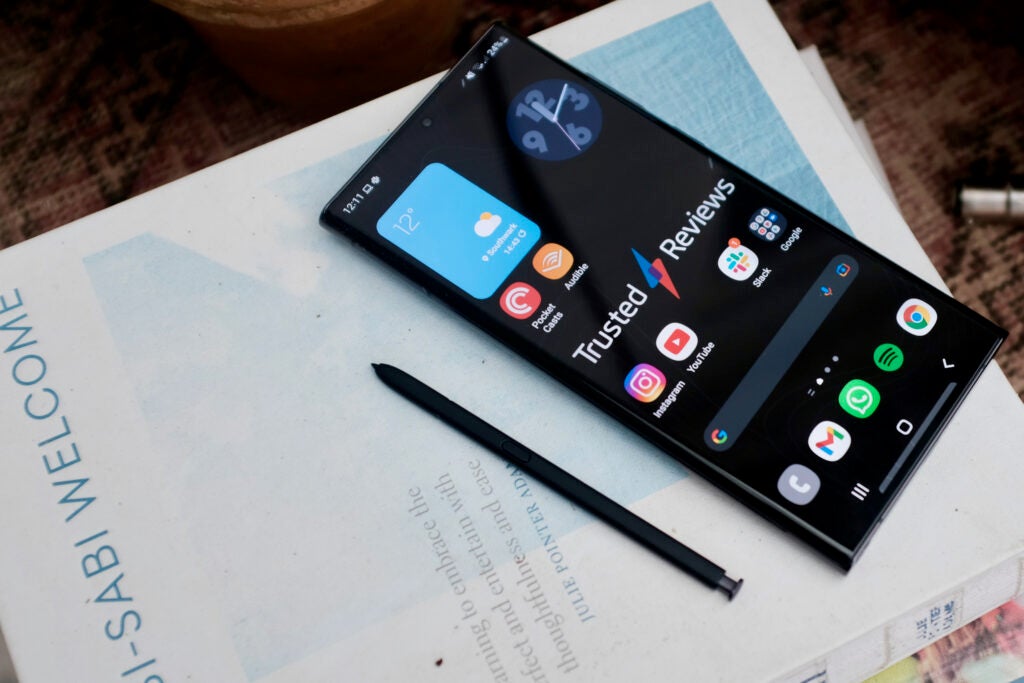
If you’re shopping around for a new smartphone, pair of headphones, laptop or wireless speaker, you may have come across the term Bluetooth 5.2.
We’ve provided this guide to explain everything you need to know about Bluetooth 5.2, including what it is and how it compares to Bluetooth 5.1 and Bluetooth 5.3.
What is Bluetooth 5.2?
Bluetooth 5.2 is a version is Bluetooth that was first unveiled in Las Vegas at CES 2020.
Bluetooth 5.2 followed shortly after the launch of Bluetooth 5.1 and was later succeeded by Bluetooth 5.3 in 2022. All three versions of Bluetooth come under the umbrella of Bluetooth 5, the most recent iteration of the 25-year-old Bluetooth technology.
Bluetooth is a wireless technology developed to exchange data between two devices over short distances. This makes it incredibly useful for transferring images, videos, documents, and other files from one device to another.
Another popular use case for Bluetooth is connecting headphones, speakers, gaming headsets, and peripherals to a smartphone, tablet, or PC. This makes Bluetooth a quick and convenient way to stream audio to a pair of earbuds or hook a wireless keyboard and mouse up to a tablet.
Bluetooth 5.1 vs Bluetooth 5.2 vs Bluetooth 5.3
So, how does Bluetooth 5.2 compare to older and newer Bluetooth standards?
When Bluetooth 5.1 launched, one of the key updates was its ability to locate other Bluetooth devices down to the centimetre. Bluetooth 5.1 also made it possible to track the direction of a Bluetooth signal, making it easier to find lost devices or your keys via a gadget tracker.
Bluetooth 5.2 came along a year later and marked the dawn of LE Audio, an audio feature that brought along faster pairing capabilities and a longer battery life.
The most recent update is Bluetooth 5.3. This version of Bluetooth arrived in 2023 and signaled improved efficiency for the wireless technology, as well as the ability to switch rapidly between low and heavy-duty cycles for a smoother user experience. For example, accepting a phone call while using hearing aids will take less time. The final major update was Channel Classification Enhancement, which allowed for adaptive frequency hopping from peripheral devices. This should improve the reliability of the Bluetooth connection in many scenarios.

